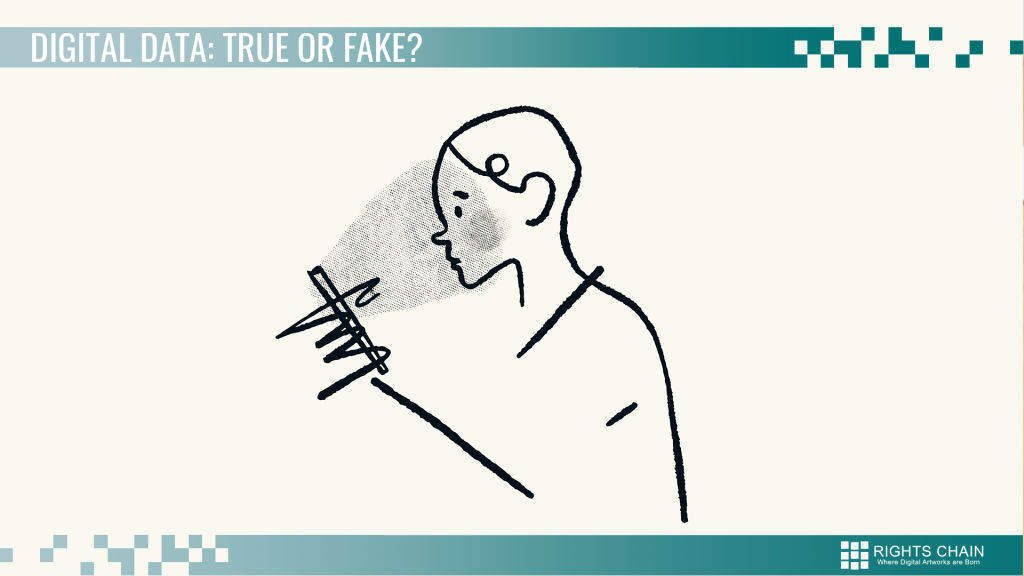Digital Data: how do you distinguish true from fake?

- 2019-01-19
- Sebastian Zdrojewski
- Technologies
As technology goes more and more towards Artificial Intelligence branches such as Machine Learning and Deep Learning technologies, data and information are getting more and more endangered by Fake News and tampered materials.
Deep Fakes seems to be the most "promising" and dangerous example of this kind. Shortly, it allows creating a tampered video content by replace its behavior. Say, like replacing an actor's face with someone's else, as it happened to Gal Gadot (read more). Turns out there are out thousands of "faked" videos out in the network.
A few examples of what is going on can be found widespread in the media:
- https://www.shellypalmer.com/2018/10/deepfakes-dawn-post-truth-era/
- https://motherboard.vice.com/en_us/article/gydydm/gal-gadot-fake-ai-porn
- https://www.washingtonpost.com/opinions/readers-critique-the-post-deepfakes-split-infinitives-and-not-doing-enough-about-r-kelly/2019/01/18/995ee9fe-1b55-11e9-8813-cb9dec761e73_story.html
- https://www.dentonrc.com/opinion/editorials/deepfakes-are-reasons-to-despair-about-digital-future/article_3acb7bfe-9d25-5c1b-bec4-f8891a64a8bb.html
Articles about the topic pops up in the media on a daily basis.
Digital information can be more and more easily tampered once available on the Internet. So how do you protect your digital work once it gets online? Or prove it hasn't been tampered?
Among its services, Rights Chain has already made available and is further developing solutions for signing digital content before it gets public. By using Blockchain technology to store the digital signatures of the content on a tamper-proof distributed registry, it offers an easy and effective way to prove the date of creation of a file and its integrity over time.
